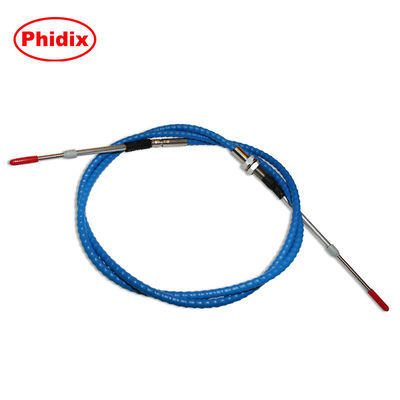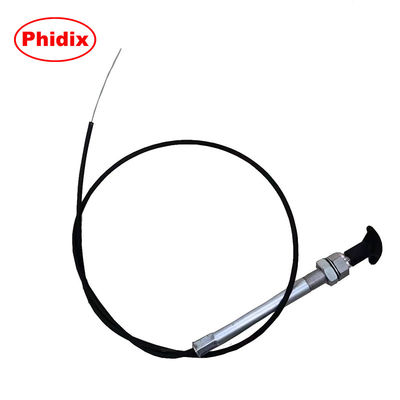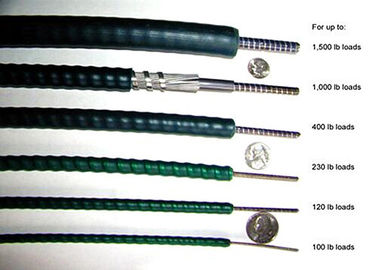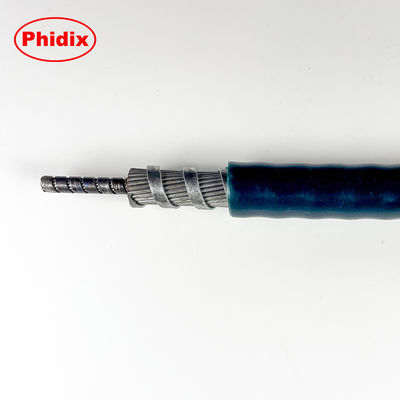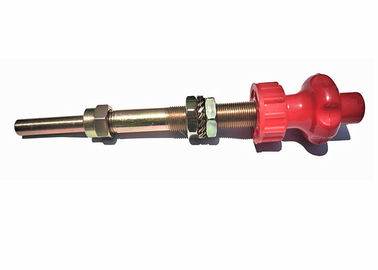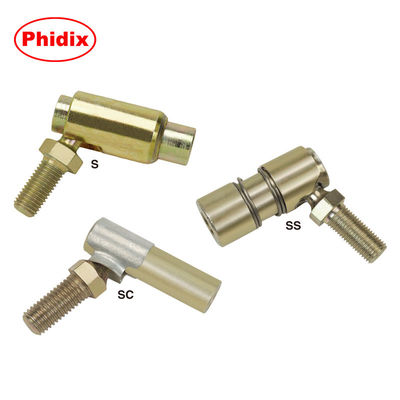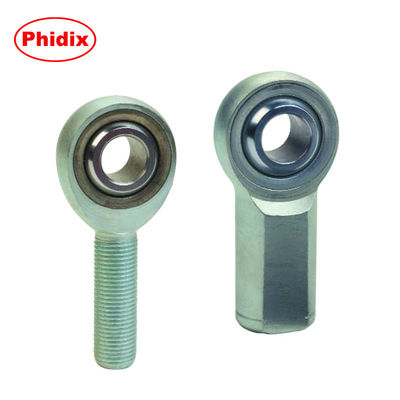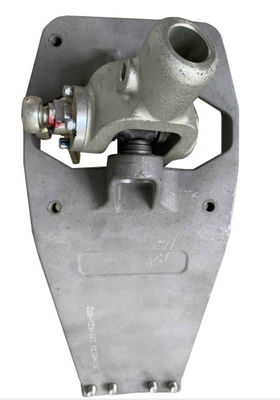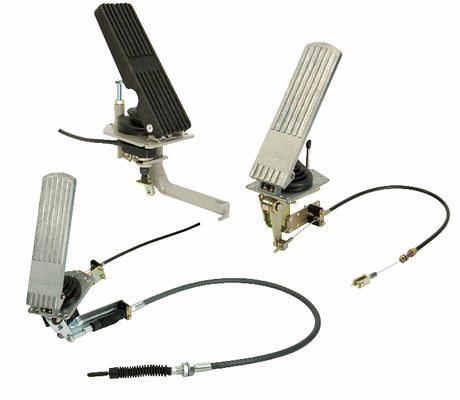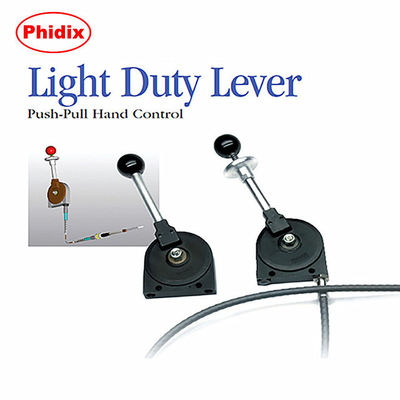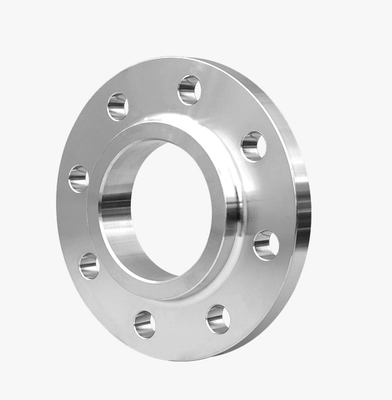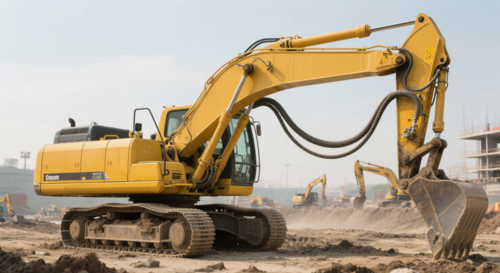Introduction
Excavators are versatile workhorses in the construction and mining industries, capable of performing a wide array of tasks. Their multifunctional operations rely heavily on an efficient and precise control system. Control cables have emerged as a crucial component in modern excavators, enabling seamless operation across various functions. This article delves into the diverse applications of control cables in the multifunctional control of excavators, highlighting their significance and advantages through real - world examples.
Application Cases
1. Boom and Arm Control
Excavators are workhorses in construction, and precise control of their boom and arm is essential. Control cables play a pivotal role in this regard. For instance, in large - scale mining excavators, the control of the boom's elevation and the arm's extension and retraction is often achieved through cables. These cables transmit the control signals from the operator's cab to the hydraulic valves that regulate the movement of the boom and arm cylinders.
A case in point is the Komatsu PC4000 - 11 mining excavator. This massive machine is equipped with a complex control system where cables are used to connect the control levers in the cab to the hydraulic control valves. The flexibility of these cables allow for smooth and accurate control, even in the harsh and vibrating environment of a mining site. The operator can easily manipulate the levers, and the cables ensure that the control signals are transmitted without any loss of precision, enabling efficient digging and material handling operations.
2. Bucket Rotation
The rotation of the excavator bucket is another area where control cables are widely used. In modern excavators, the bucket needs to be rotated precisely to load and unload materials effectively. The control cable connects the control mechanism in the cab to the hydraulic motor or valve that drives the bucket rotation.
Take the Caterpillar 390F L hydraulic excavator as an example. The operator controls the bucket rotation using a joystick in the cab. The movement of the joystick is transferred to the bucket rotation mechanism through a control cable. This cable allows for quick and responsive control, enabling the operator to position the bucket accurately for loading and unloading operations, thus increasing the productivity of the excavator.
Advantages
Control cables have become an integral part of the multifunctional control systems of modern excavators. Their applications in boom, arm, and bucket control, engine speed regulation, auxiliary attachment operation, and safety - related functions have significantly enhanced the performance and functionality of excavators. By providing flexibility in installation, precise and reliable control, and cost - effectiveness, control cables have proven to be a valuable component in ensuring the efficient and safe operation of excavators across a wide range of tasks. As the construction and mining industries continue to evolve, the role of control cables in improving the multifunctional capabilities of excavators is likely to become even more important.

 Your message must be between 20-3,000 characters!
Your message must be between 20-3,000 characters! Please check your E-mail!
Please check your E-mail!  Your message must be between 20-3,000 characters!
Your message must be between 20-3,000 characters! Please check your E-mail!
Please check your E-mail! 
